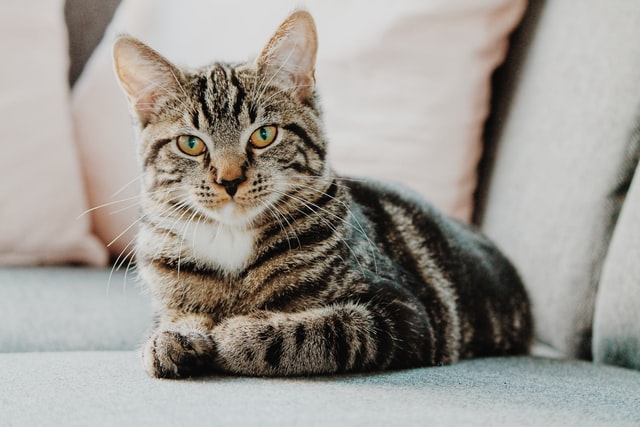
Did you that between 0.2% and 1% are diagnosed with diabetes during their lifetime? That is why it is crucial to understand what diabetes mellitus is so that you can offer your cat the care it needs. After all, feline health is crucial to understand to improve your cat’s life.
Contents
So, if you want to know more about diabetes mellitus, you have come to the right place. Here is your complete guide.
Diabetes Mellitus In Cats Explained
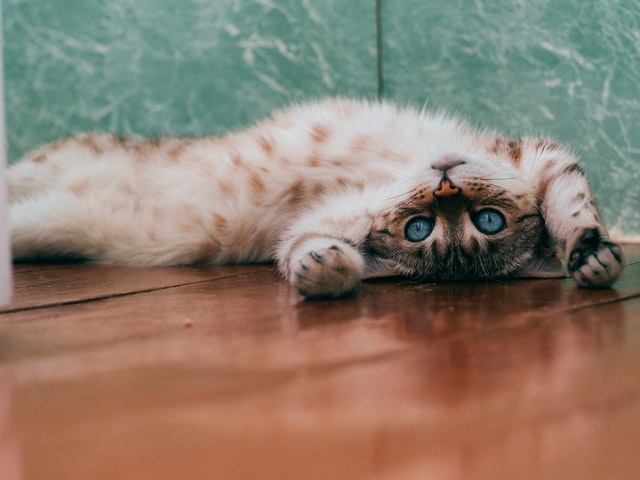
Diabetes mellitus is also known as sugar diabetes, and it is a challenging condition cat can go through. The condition happens because of the relative or absolute lack of insulin. It is a disease of the pancreas as the pancreas has two different types of cells.
One group produces the enzymes to ensure proper digestion. The other group of cells, known as beta cells, produce insulin that regulates the glucose level in the blood and controls glucose delivery to the body tissues. Diabetes mellitus takes place when the pancreas fails to regulate blood sugar.
Because of this, it is crucial to understand the signs and symptoms of the disease so you can offer your cat the care it needs. Mostly, your feline will have high blood glucose concentrations, and the body will fail to use glucose as a source of energy.
Top Common Clinical Signs Of Diabetes Mellitus
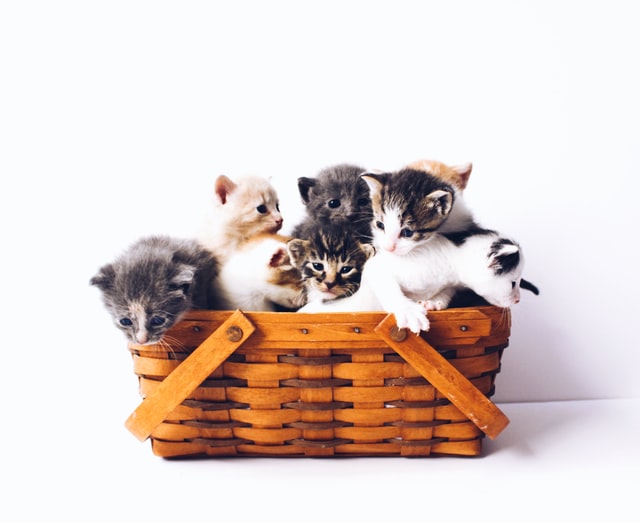
Recognizing the signs early on is crucial to offering your feline the care it needs. Mostly, the disease occurs in middle-aged cats or older ones. Besides that, it is more common in male cats than females.
Having a sedentary lifestyle and being overweight are two common causes of this disease. That is because the body has an impaired tissue response to insulin, which leads to complications. There is also speculation that there is a genetic predisposition to diabetes in felines.
For example, the Burmese cat seems more prone and predisposed to developing diabetes. However, you must keep an eye on your feline too. Here are the most common clinical signs that your feline may have diabetes mellitus:
- Weight loss
- Polydipsia (Increased thirst): Cats feel thirstier to compensate for the water that they lose through higher urine production
- Polyphagia (Increased appetite): The increase in appetite might not be present in all cats
- Polyuria (Increased urination): The blood glucose levels increase, which means that glucose spills into the urine while also drawing water. Because of this, the level of urination will be much higher than normal
- Hepatomegaly (Liver enlargement): Such a symptom can only be seen by a vet through proper examination
- Weakness: This symptom can be experienced in the entire body, especially in the back legs and may result in sunken hocks
- Poor coat
- Bladder infections
You must understand these signs and seek help if they show up in your cat, as the vet will guide you better. Prolonged and severe diabetes can also result in complications for your feline. These are known as diabetic ketoacidosis.
When that happens, your cat will go through severe depression. You will also notice other signs, such as collapse, vomiting, anorexia, and much more. If these signs show up, you must take your feline to the vet without a second thought.
Types Of Diabetes Mellitus In Cats
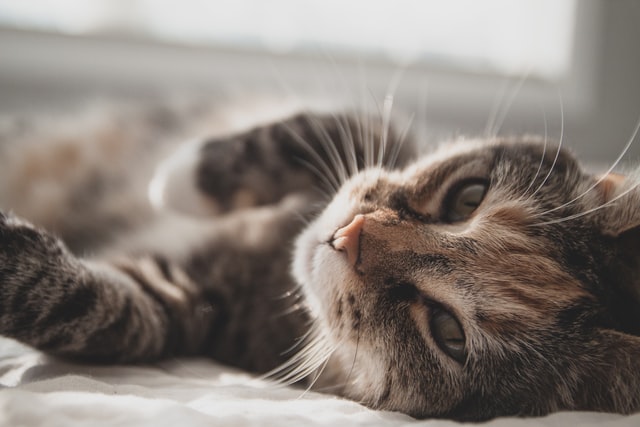
Even diabetes mellitus in cats has three different types. These include:
Type I Diabetes Mellitus
Such diabetes mellitus takes place because of complete or almost complete beta cells destruction. Type I is rare in cats, and you will not see it much. That is why you don't need to worry about this diabetes mellitus.
Type II Diabetes Mellitus
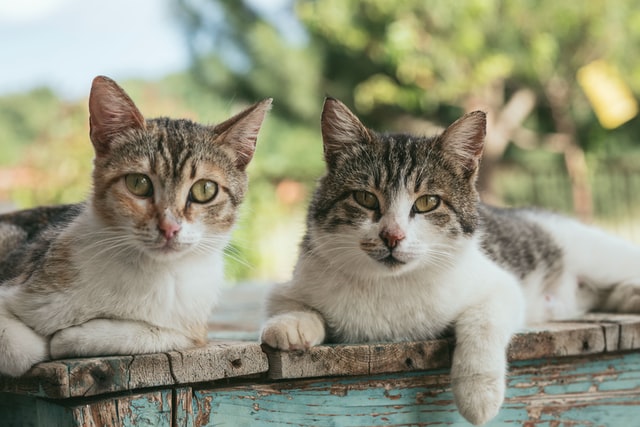
Type II is different from Type I in the sense that some of the insulin-producing cells remain in the body. However, the amount of insulin production is insufficient as there is a delayed secretion response. Besides that, the cat's body tissues may also become insulin resistant.
One of the most common factors in Type II diabetes is that your feline will gain weight. Type II is also the most common diabetes mellitus in felines.
Type II Diabetes Mellitus
Type III diabetes mellitus happens when other hormones cause insulin resistance. The top reasons for Type III can include hormone-secreting tumours or even pregnancy. Even this type of diabetes is not that common in cats.
The Diagnosis Of Diabetes Mellitus
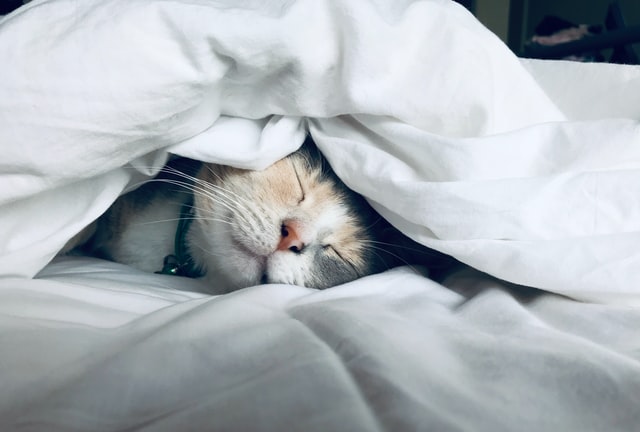
Of course, symptoms are the top thing to monitor when it comes to the diagnosis of the disease. However, other diseases may also cause the same symptoms. That is why it is important to go for testing to confirm the diagnosis.
The top test that can offer a diagnosis is the analysis of the urine sample. Such analysis will reveal glucose and ketone presence in the body. Ketones are an alternative energy source during diabetes.
A blood test will also confirm the diagnosis of diabetes mellitus. For example, the blood test will reveal a high presence of glucose concentration in the bloodstream. Besides that, your bet may also look at concentrations of glycosylated and fructosamine haemoglobin.
Such tests will measure the glucose quantity that has bound to various proteins in the blood. It will give the average blood glucose concentration. Remember that high blood glucose or glucose in the urine may also be a result of stress in your cat.
That is why testing is important so your vet can gauge the type and severity of the diagnosis. So, if you have any concerns regarding your cat’s health, be sure to visit the vet as soon as possible.
Diabetes Mellitus Treatment Options
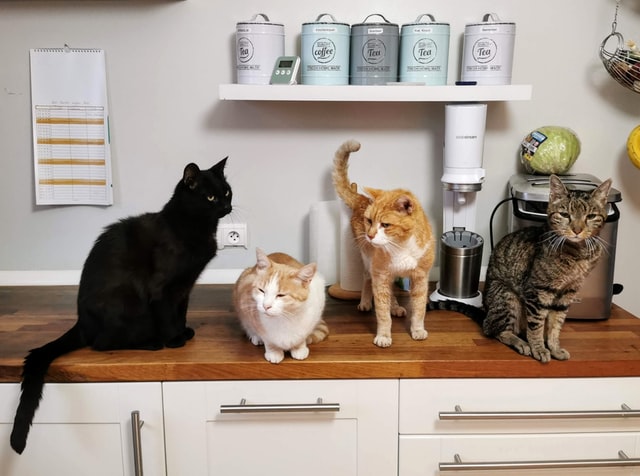
You can treat diabetes mellitus, but it is not an easy disease for anyone to manage. That is because you will need to commit to taking care of your feline. Here are the top treatment options your vet may recommend:
1. Predisposing Factor Management
You must identify any complicated or predisposition factors in your feline. For example, if there is some medication that is causing diabetes in your feline, then you must slowly begin to withdraw it.
2. Managing The Diet
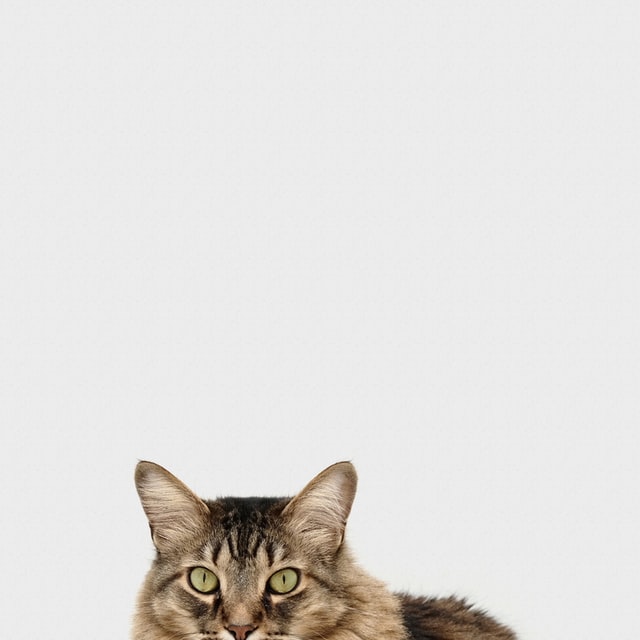
Managing the diet is one of the most important things you can do for a feline with diabetes mellitus. For example, if your cat is overweight, then you must create a diet that will normalize the weight. When you take these measures, it might also resolve the diabetes issue as obesity interferes with insulin action.
You can opt for weight loss by reducing the calorie intake of your feline and ensuring she gets more exercise. On the other hand, if your cat is too overweight, the vet might recommend a specific diet for weight reduction. You can talk to your vet about these options to choose the best one for your cat.
3. Insulin Injections
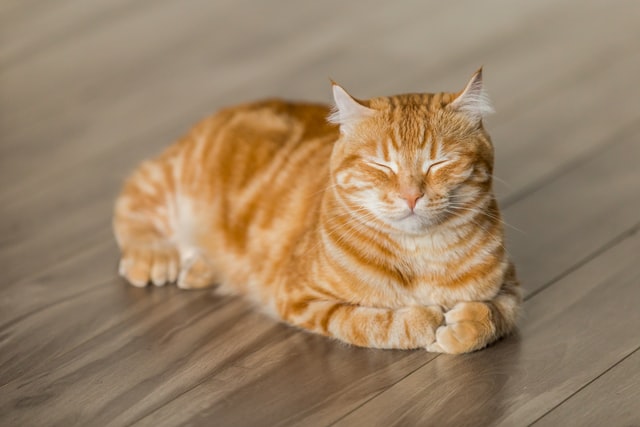
Most cats with diabetes mellitus will require daily one or two insulin injections to manage their diabetes. However, many owners don’t like injecting their cats, but it takes practice and becomes easier with time. The best part is that insulin syringes and needles are small, which is why your feline will not feel anything.
Usually, you will have to inject the insulin injection under the skin in the neck scruff. You don’t have to worry about giving the injection because your vet will guide you through the entire process before you begin giving insulin. There are also various insulins given to the cat as different cats will respond to insulin differently.
Again, your vet will let you know which insulin is best for your cat, the dosage, and how to administer it. Be sure to carefully follow the instructions your vet gives. It will enable you to have a smooth experience when injecting insulin into your cat.
4. Oral Medications
If you have tried everything, and it is incredibly difficult to inject your cat with insulin, then you might have to opt for oral medications. These are normal for humans to take with diabetes to control the condition and are available for cats too. Remember that these tablets can be toxic to cats or may not work at all.
Some tables known as oral hypoglycaemics may work in a small number of cats with diabetes mellitus. However, you might not be able to use them for a long time. So, you must talk to your vet and only administer these medications once they give you the green light.
Final Thoughts
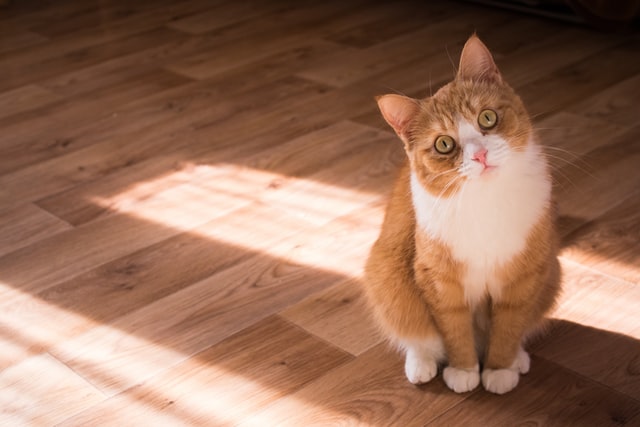
That was your complete guide to understanding diabetes mellitus in cats. It is not just humans that go through disease, but also animals. That is why it is crucial to understand such diseases and how they affect your feline so you can take the right measures to control the disease and offer treatment.
Be sure to look out for the signs of diabetes and visit the vet as soon as there are any causes for concern. That is because leaving the cat without any treatment is not good for their health. You must seek immediate treatment to give your furry companion the care it needs so it can live a long and healthy life with you.





